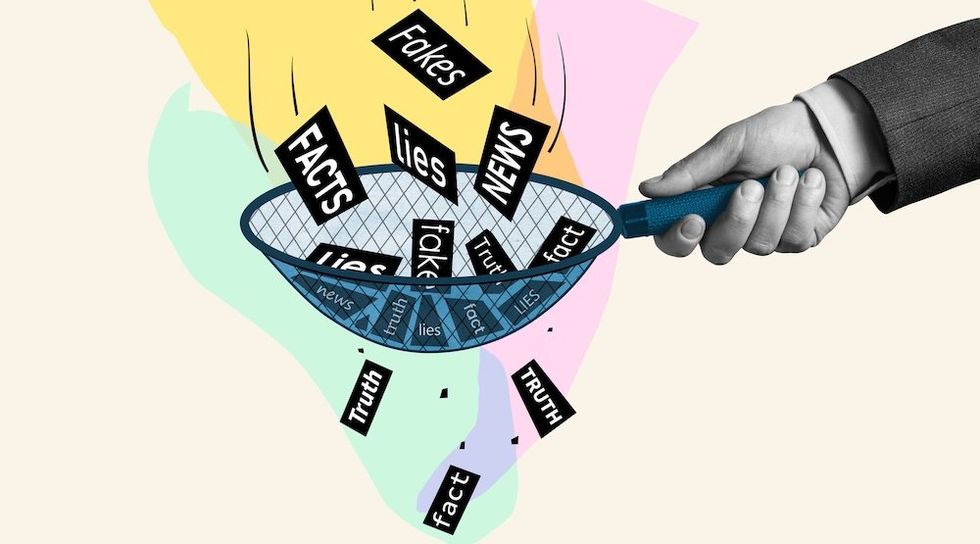
Deagreez via iStock/Getty Images

The national attention span now ends where discomfort begins. Digital defiance has replaced old-fashioned curiosity.
Our digital age has brought many benefits. Lately, though, I’ve noticed how it’s enabled the spread of a persistent malady.
Call it the digital-era version of “spaniel selective hearing.”
Sometimes it’s willful ignorance. Other times it’s just denial. Either way, it’s intellectual evasion wrapped in self-satisfaction.
In her book ”The Invaders,” paleoanthropologist Pat Shipman explains that modern humans and dogs have been partners for 40,000 years. Over time, we developed specific dog breeds optimized for various jobs like herding, protection, and hunting. Once firearms became common, even ordinary people could hunt waterfowl. So we developed spaniels with excellent noses, all-day energy, non-territorial instincts, and a gentle, cooperative temperament.
The latter qualities were especially important: You and I might bring our personal gundogs to the field to hunt together, so each one needed to be attuned to its human and not challenge the other for turf control. Today we see their sweet spaniel faces with big eyes and their love of people in homes and as therapy dogs.
But something changed.
Back then, spaniels were often kennel-raised and fed once a day. They depended on their humans, so they stayed alert and focused. Today’s dogs? They’re beloved pets — well-fed, spoiled, and sometimes a little too independent.
This phenomenon was dubbed “spaniel selective hearing”: the condition in which your dog “can’t hear you” because it would rather be doing something else. It’s real. And it’s made worse by how cute and cuddly these dogs are otherwise.
In today’s world of digital abundance, I’m seeing the human version of this problem — and you probably are too.
You share an article that lays out certain information and reaches a conclusion. Immediately, someone in your circle dismisses it outright, saying, “The author is a partisan,” simply because she disagrees with him.
RELATED: When the mainstream media’s left-wing bias costs them credibility

Press further, and she will respond with three “neutral” links — maybe NPR, the New York Times, or one of those permanently anti-Trump conservatives who call themselves principled.
Then, if the facts from your original article prove difficult to refute, she might pivot. She might offer her own “analysis,” which, oddly enough, ends up reinforcing the exact same claims made by the author she just dismissed.
But don’t expect your interlocutors to admit that. Why?
Because they’re neutral. Because context doesn’t count. Because you can’t make them go there.
Sometimes it’s willful ignorance. Other times it’s just denial. Either way, it’s intellectual evasion wrapped in self-satisfaction.
Like spaniel selective hearing, this rapidly spreading malady is the product of abundance — in this case, the overabundance of digital information and opinion pieces by a plethora of people with a wide range of actual expertise and insight.
Maybe we should call it “deflective data deployment” or “convenient data fencing.” Or, better yet, “I won’t go there, and you can’t make me!” syndrome.
Whatever we call it, we need to call it out.
We need a label that diagnoses this behavior. Confronting it is the first step toward reviving healthy public discourse and breaking us out of our echo chambers.
Robin Burk